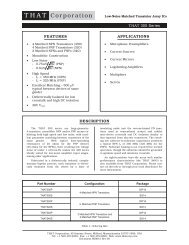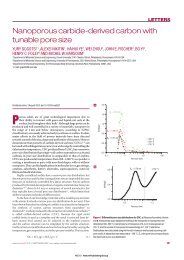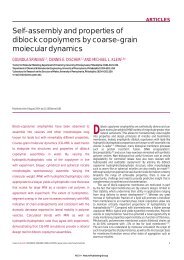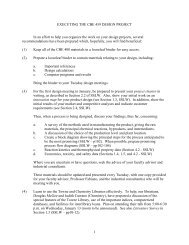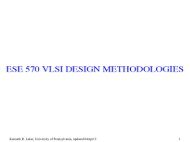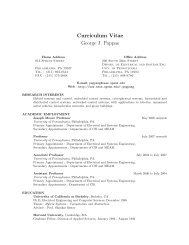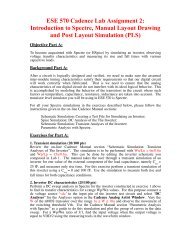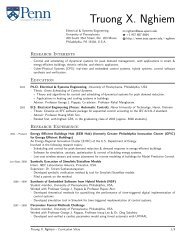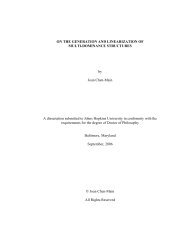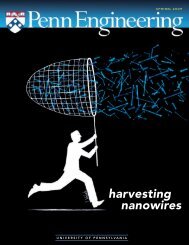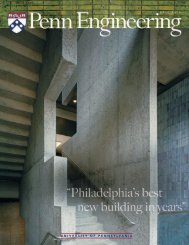14.4. Normal Curvature and the Second Fun- damental Form
14.4. Normal Curvature and the Second Fun- damental Form
14.4. Normal Curvature and the Second Fun- damental Form
Create successful ePaper yourself
Turn your PDF publications into a flip-book with our unique Google optimized e-Paper software.
Some authors (including Gauss himself <strong>and</strong> Darboux) use <strong>the</strong><br />
notation<br />
D = (X u , X v , X uu ),<br />
D ′ = (X u , X v , X uv ),<br />
D ′′ = (X u , X v , X vv ),<br />
<strong>Normal</strong> <strong>Curvature</strong> . . .<br />
Geodesic <strong>Curvature</strong> . . .<br />
Home Page<br />
<strong>and</strong> we also have<br />
L =<br />
D<br />
√<br />
EG − F<br />
2 , M = D ′<br />
√<br />
EG − F<br />
2 , N = D ′′<br />
√<br />
EG − F<br />
2 .<br />
Title Page<br />
◭◭ ◮◮<br />
◭<br />
◮<br />
Page 693 of 711<br />
These expressions were used by Gauss to prove his famous<br />
Theorema Egregium.<br />
Since <strong>the</strong> quadratic form (x, y) ↦→ Lx 2 + 2Mxy + Ny 2 plays<br />
a very important role in <strong>the</strong> <strong>the</strong>ory of surfaces, we introduce<br />
<strong>the</strong> following definition.<br />
Go Back<br />
Full Screen<br />
Close<br />
Quit



